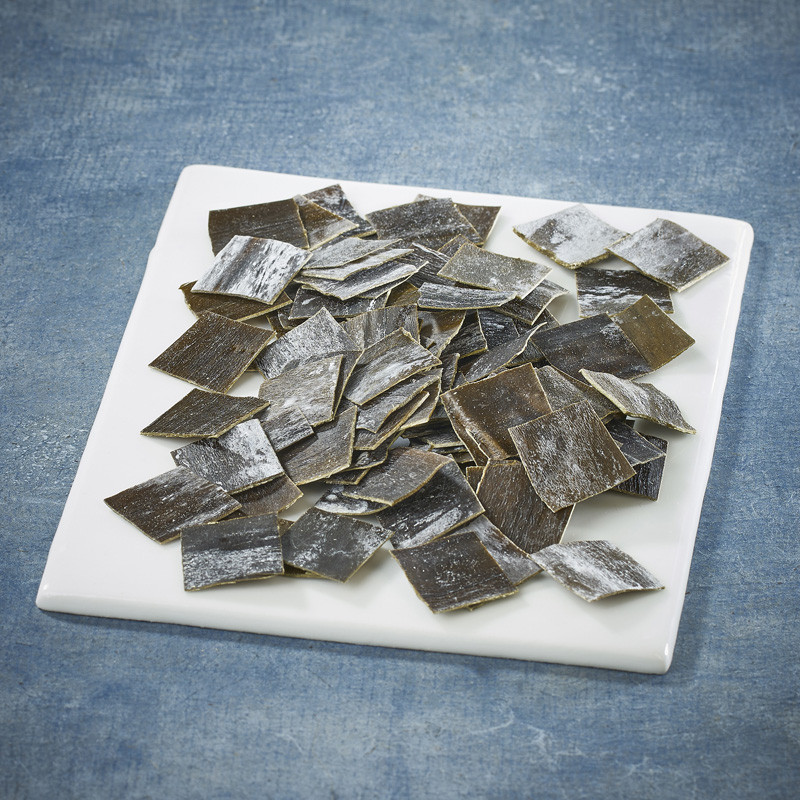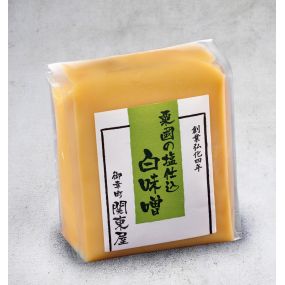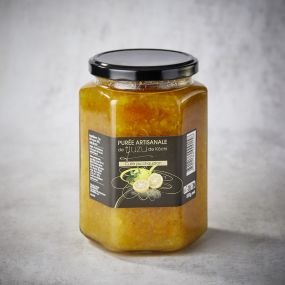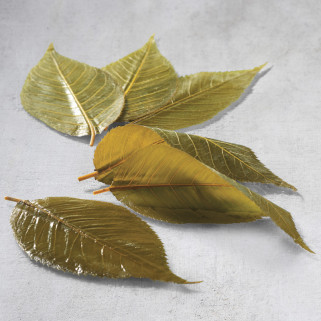Toyama Prefecture is located on the Sea of Japan shores, but Kombu can’t be harvested in this region. However, it remains the largest kombu consumption area in the world. The reason is simple: the kombu is part of the specificities of its culinary tradition.
The history of kombu in Toyama began during the Edo period, the period of development of shipping. A cargo ship called "Kitamae ship" from the Hokkaido coastal areas, rich in kombu, has started distributing kombu and various other products of the island in many ports of Japan, including Toyama. The kombu road was born.
Toyama Prefecture (Ecchu at the time) was one of the major anchor ports for the delivery of kombu, herring and Hokkaido Salmon. In return, Toyama Prefecture began shipping its local products: rice, sake, soy sauce, medicine. Kombu made its mark in the local food culture for making dashi broth, kobu-jime (sashimi wrapped in kombu) or kombu-maki kamaboko (fish paste wrapped in kombu seaweed).
Toyama Bay is at the foot of the Tate-Yama mountain range. The sea is deep and full of fish, shrimps, shellfish and crustaceans of extraordinary quality. The region is rich in fertile plains renowned for their abundant rice crops.
The local restaurants offer a wide choice of sushi, soups, kamaboko, kobu-jime ...
Kombu seaweed is ubiquitous and crucial for everyday cooking.
For more than a century, Dosho Kombu has been selecting the best kombu in Hokkaido for its demanding clientele and refining them for many years to develop an unparalleled umami.
Each type of dashi or culinary preparation requires a specific type of kombu, secret of success for the best dishes, from the simplest to the most elaborate


































